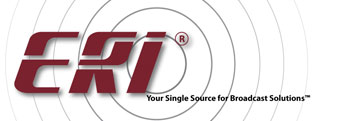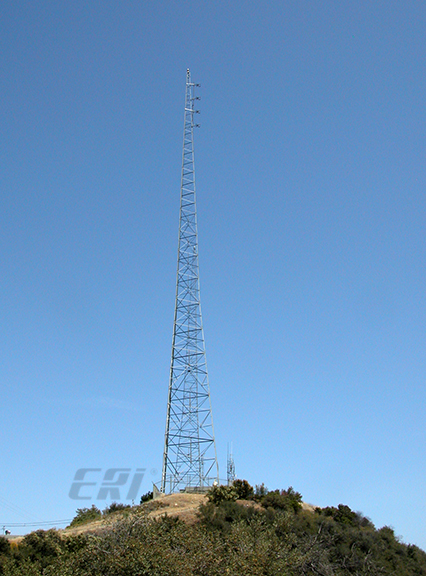
The success of an FM transmission system is highly dependent upon knowing its coverage pattern. The relationship between the antenna and the support structure will have a great effect on the determination of your market area. Understanding how the support structure will deform the antenna’s broadcast characteristics is vitally important. Antennas sold for FM broadcast are generally advertised as having omnidirectional characteristics (uniform radiation in all azimuth directions). The qualifying statement, “based upon free space evaluation,” usually goes unnoticed. “Free space” means the measurement was made without the influence of the mounting structure. However, the mounting structure can greatly impair an antenna’s ability to provide a uniform broadcast pattern.
ERI’s Antenna Test Range has been in continuous use longer than any other Test Range used by any broadcast antenna supplier. This is important because long experience is needed to fully characterize a test facility so that it delivers accurate results. This process requires years and newly constructed antenna test facilities cannot be trusted to provide accurate and repeatable measurements.
The range includes two turntables and one static stand. The turntables are rated for deadweight loads of 12,000 and 25,000 pounds – respectively. In addition to the range measurement and test facilities, the site includes a machine shop and fabrication facility for constructing replica tower sections independent of ERI’s main factory. The test site is also equipped with a static stand workstation for the setup and tuning of Batwing television antennas and Master FM Antenna Systems. The ERI test range has its own dedicated staff of tower climbers, machinists, technicians, and engineers











